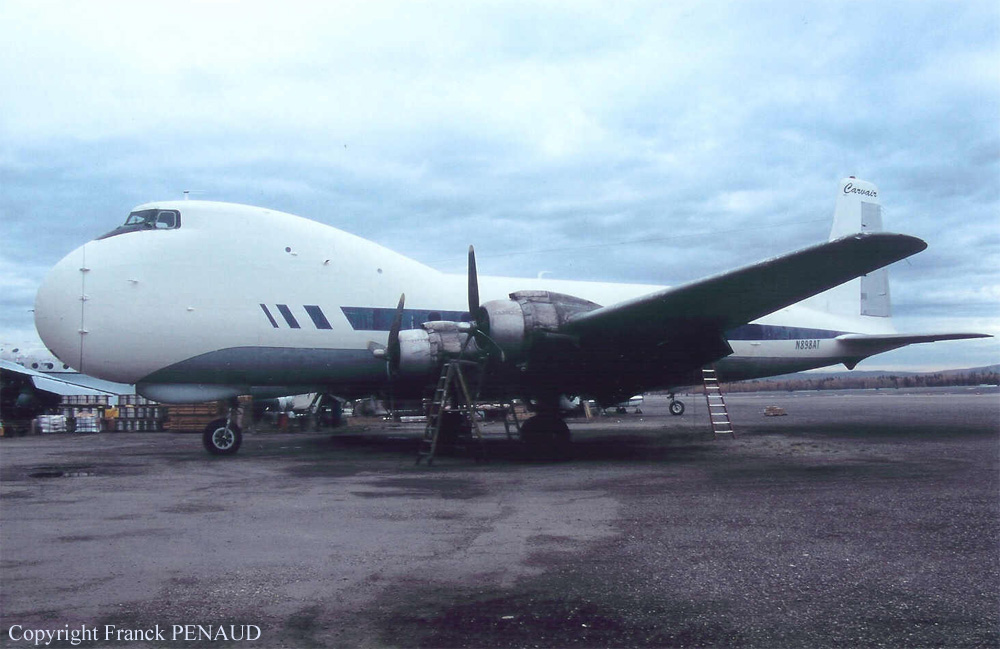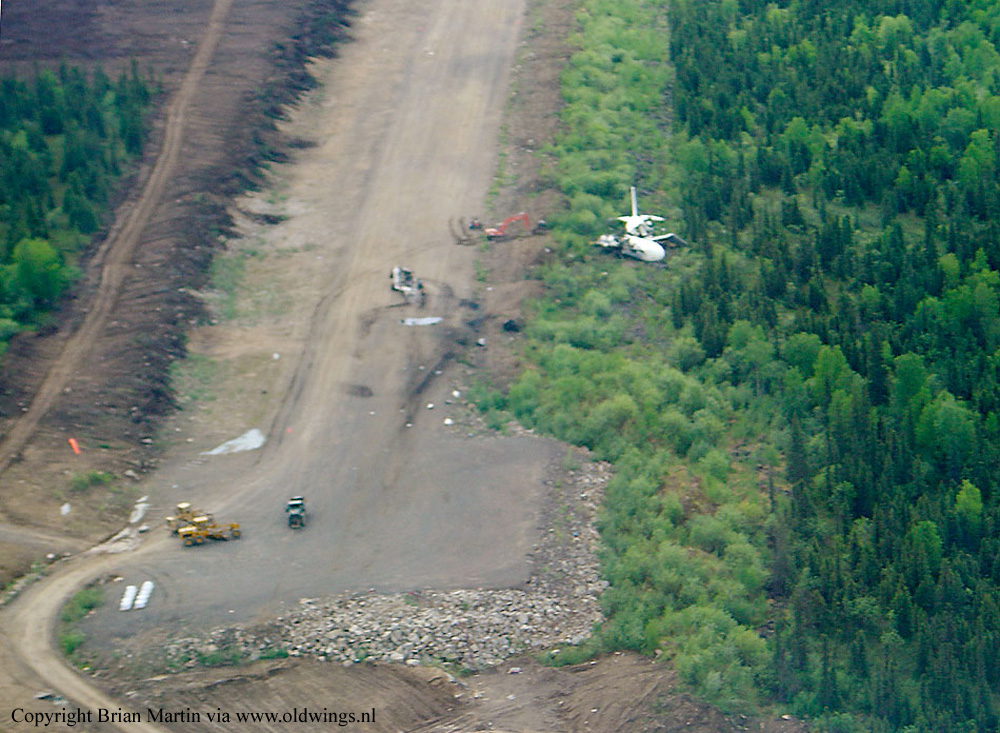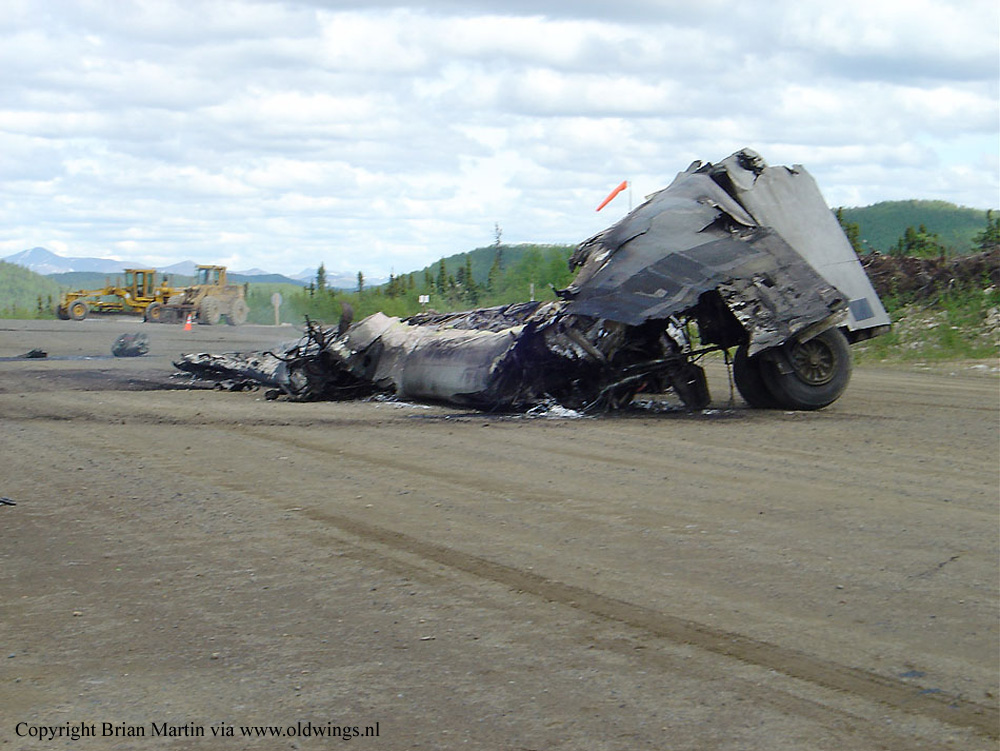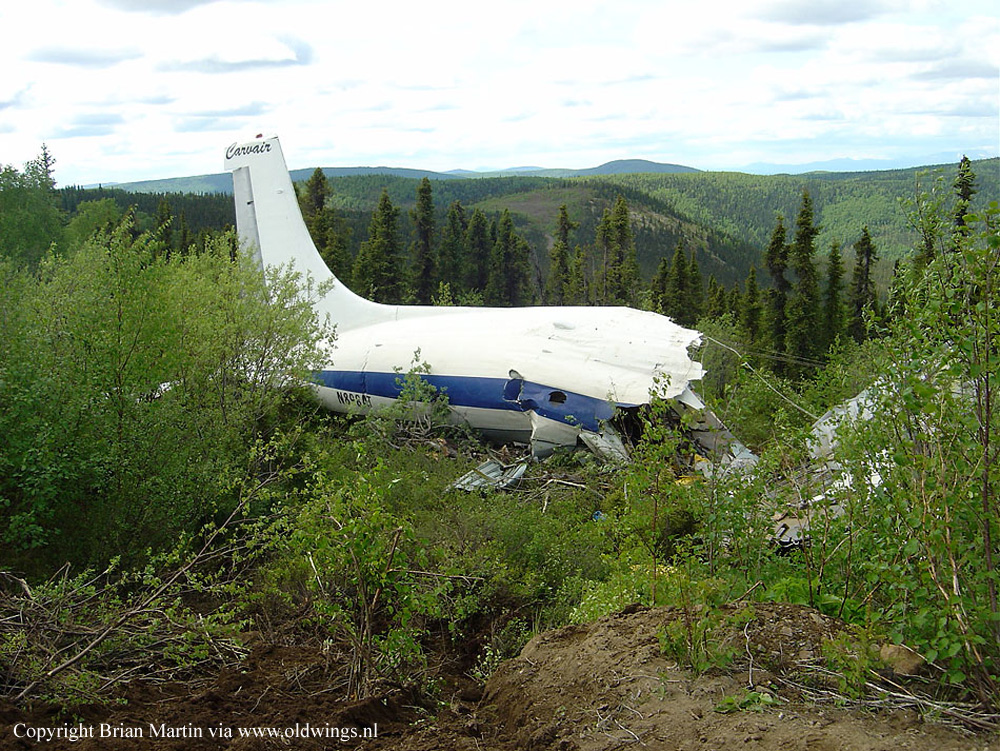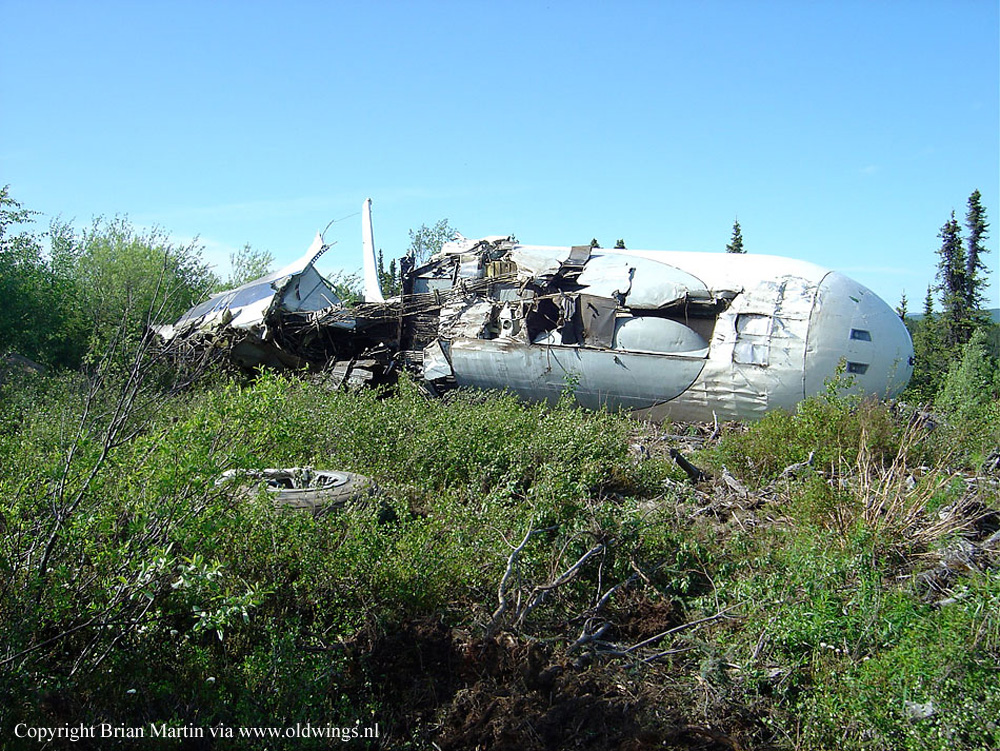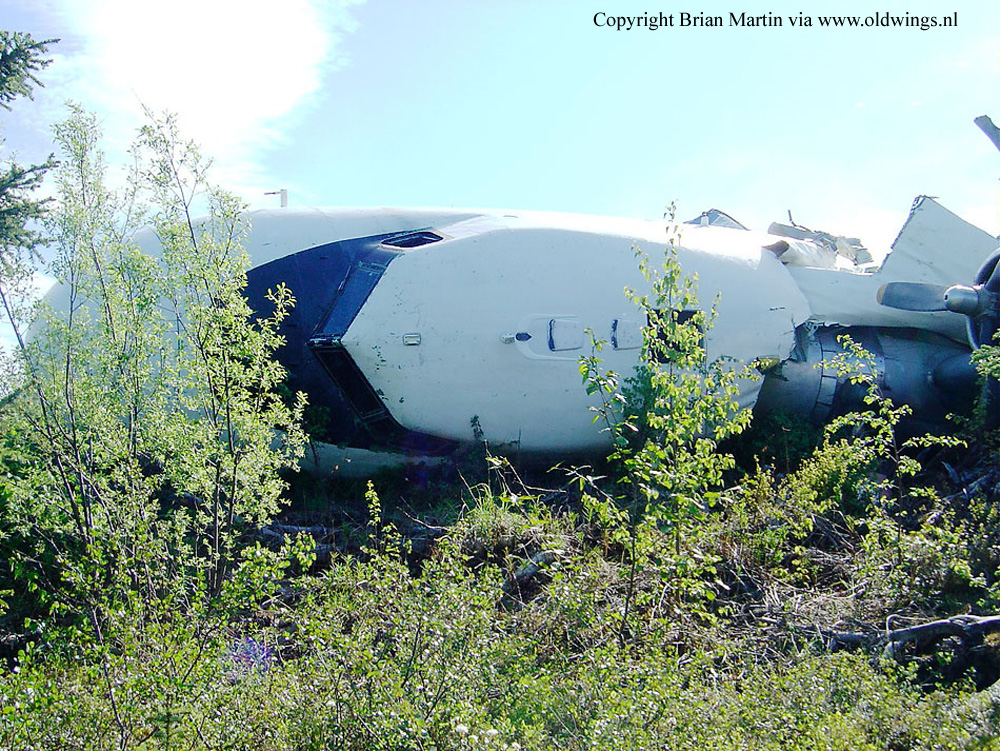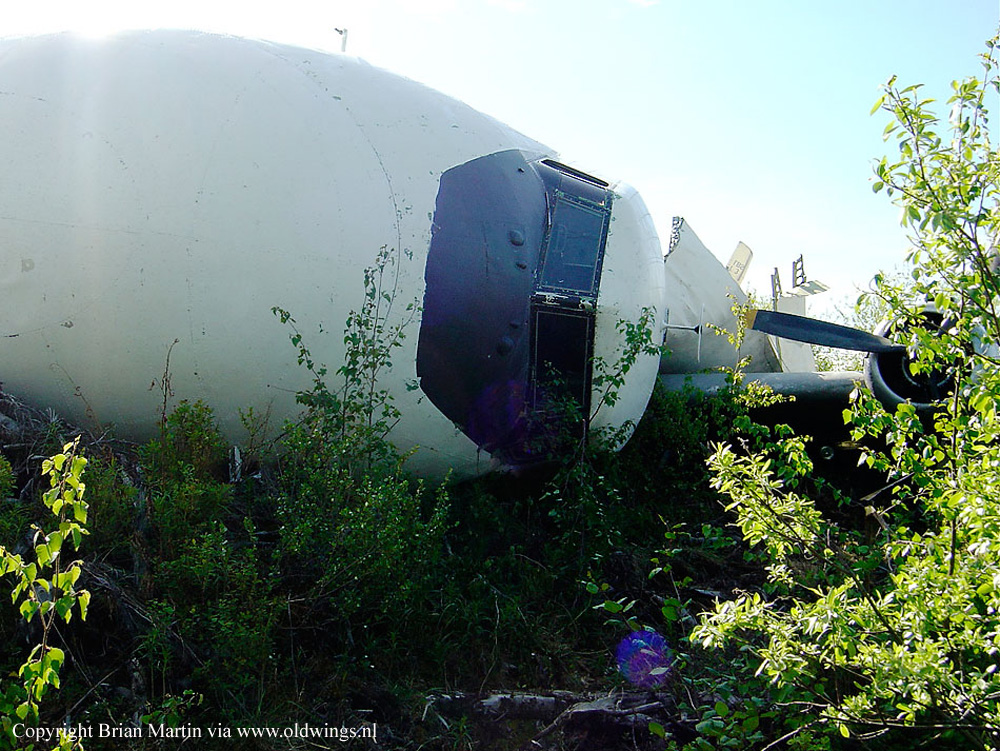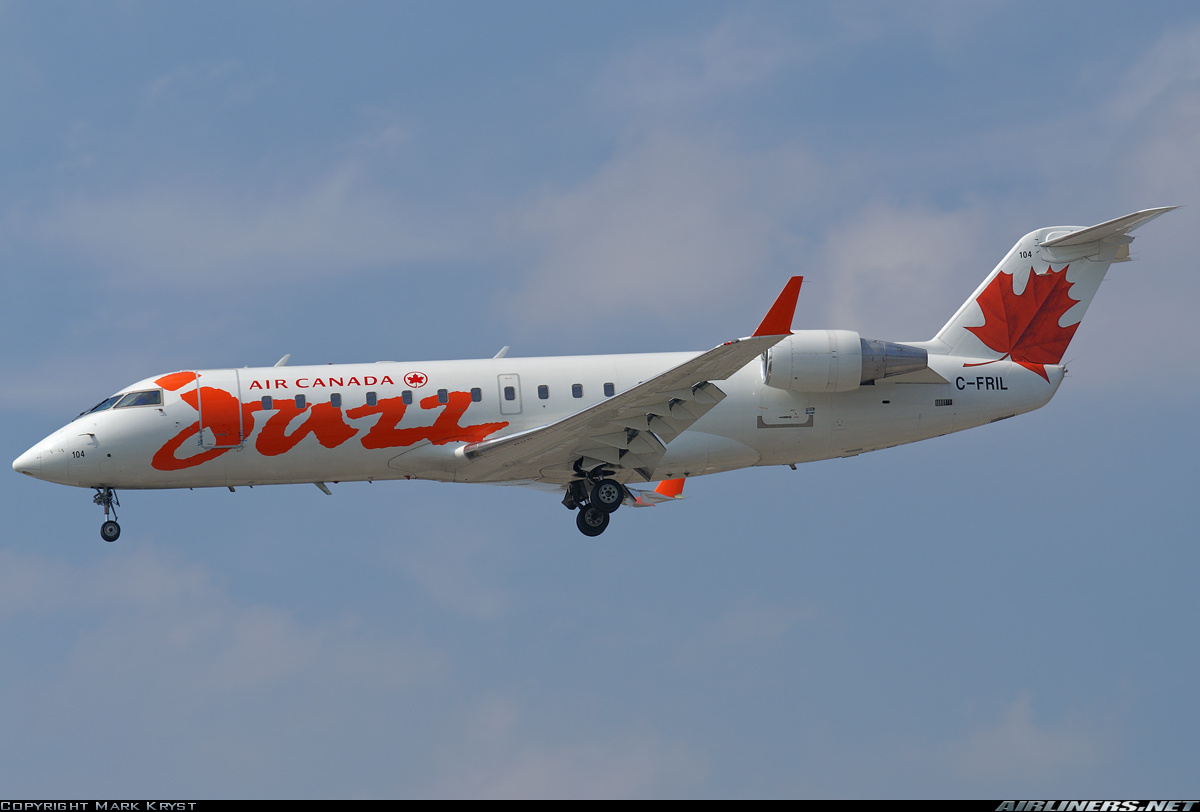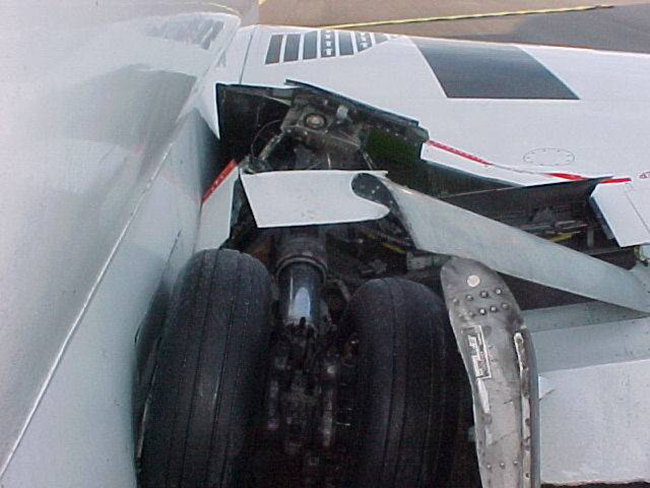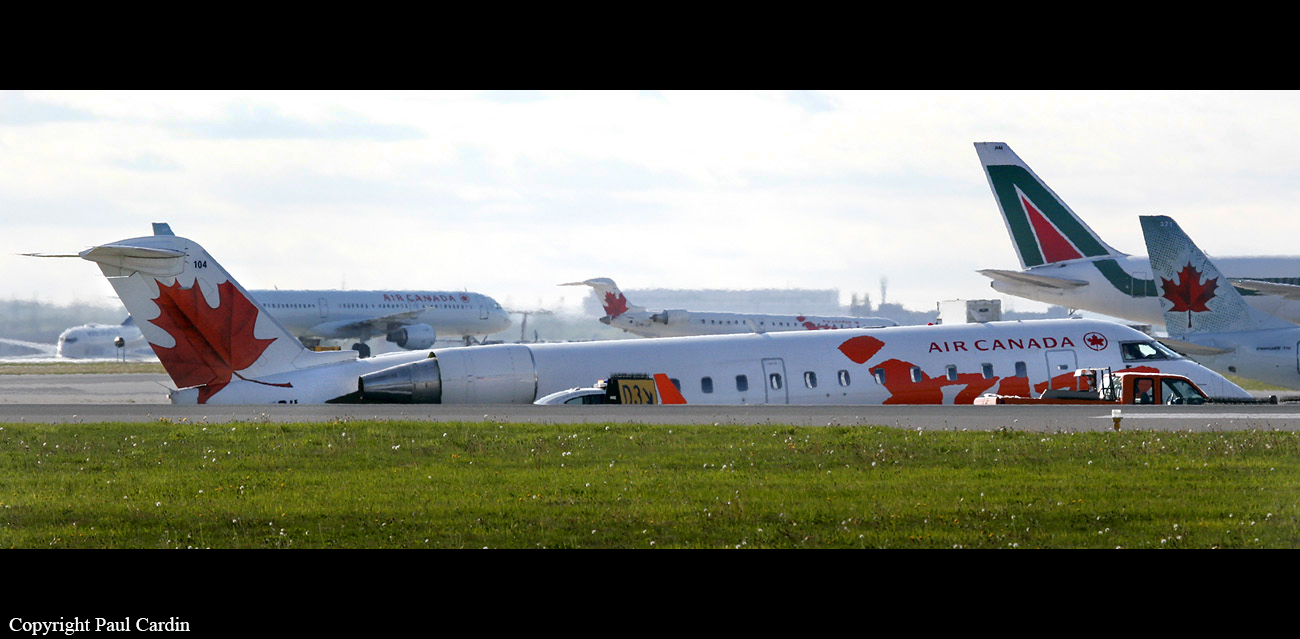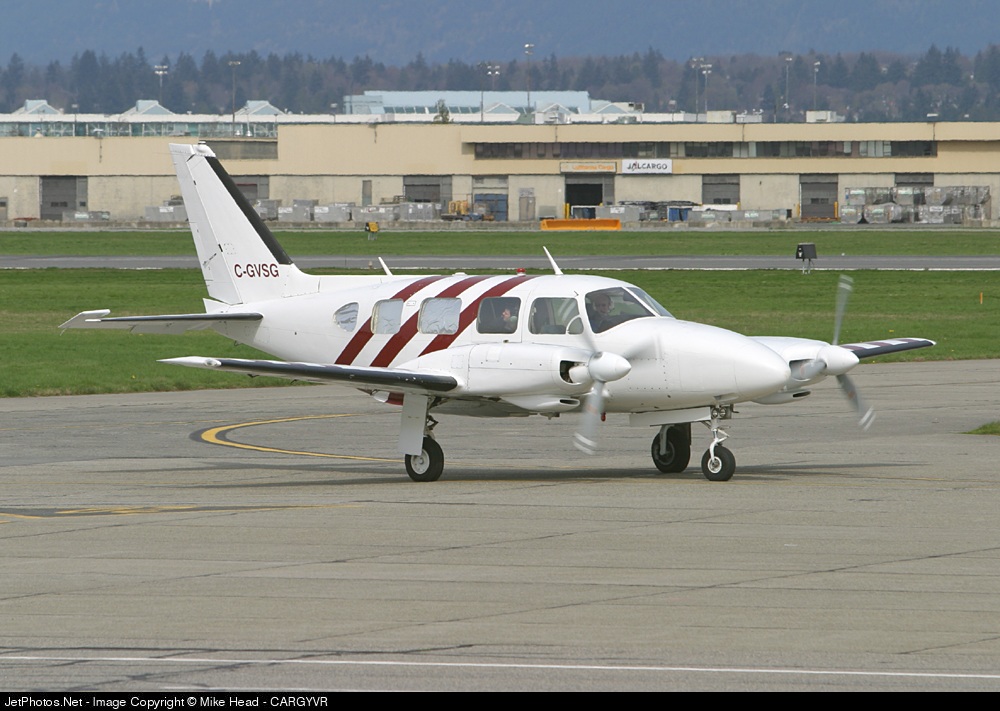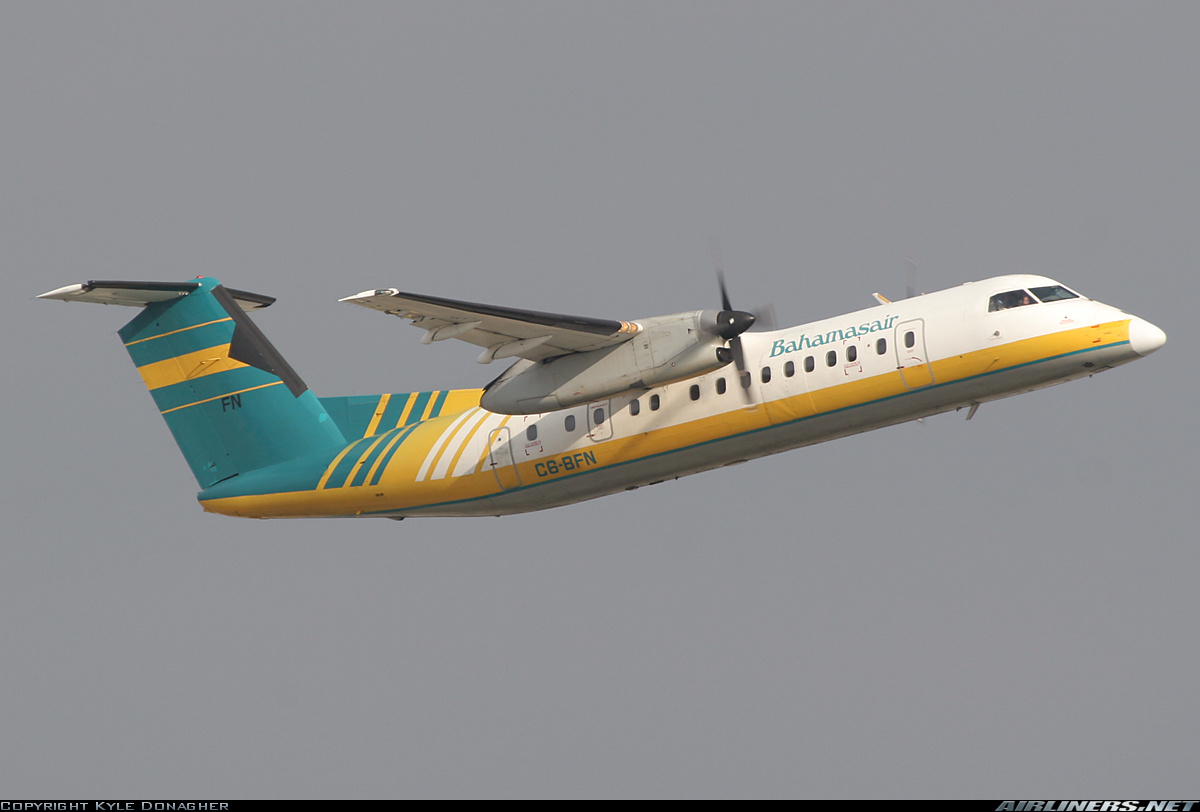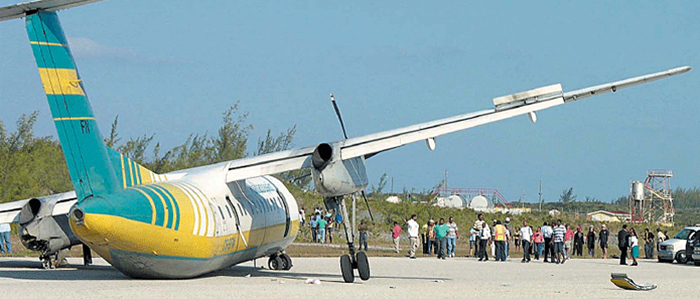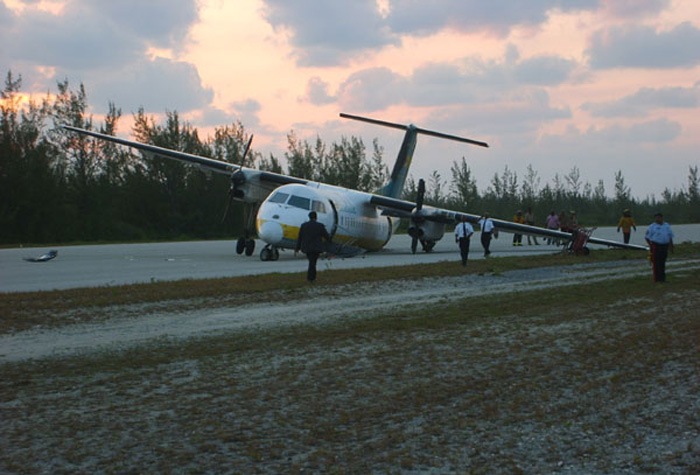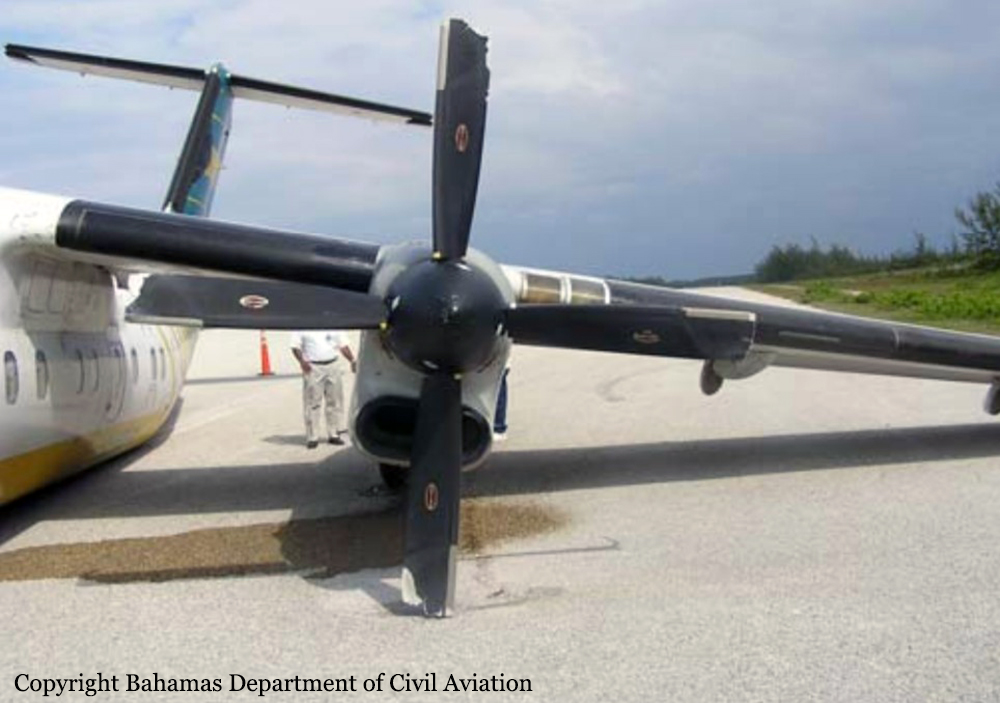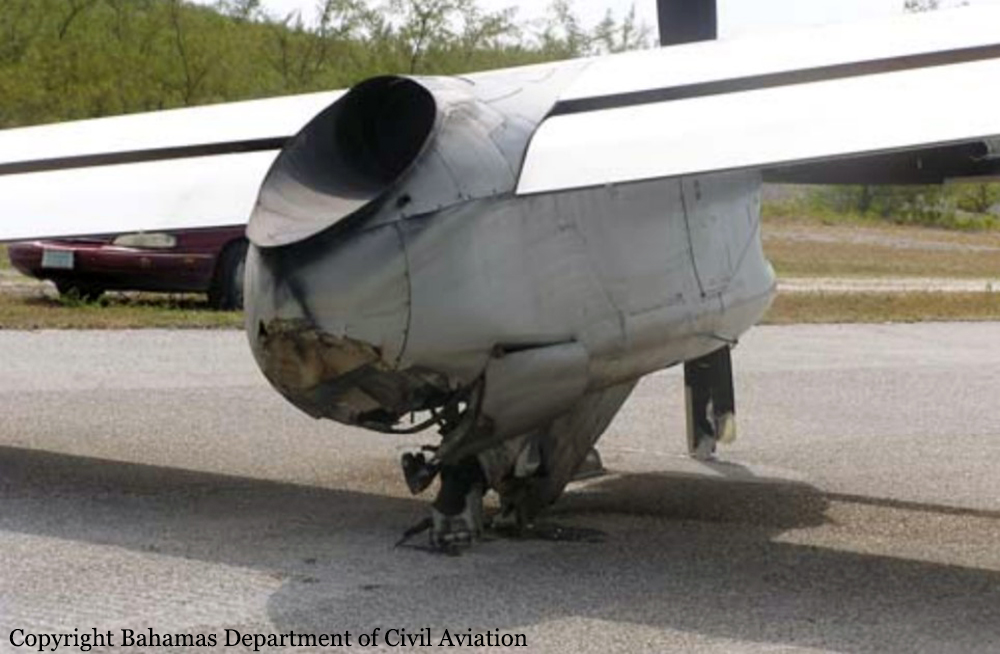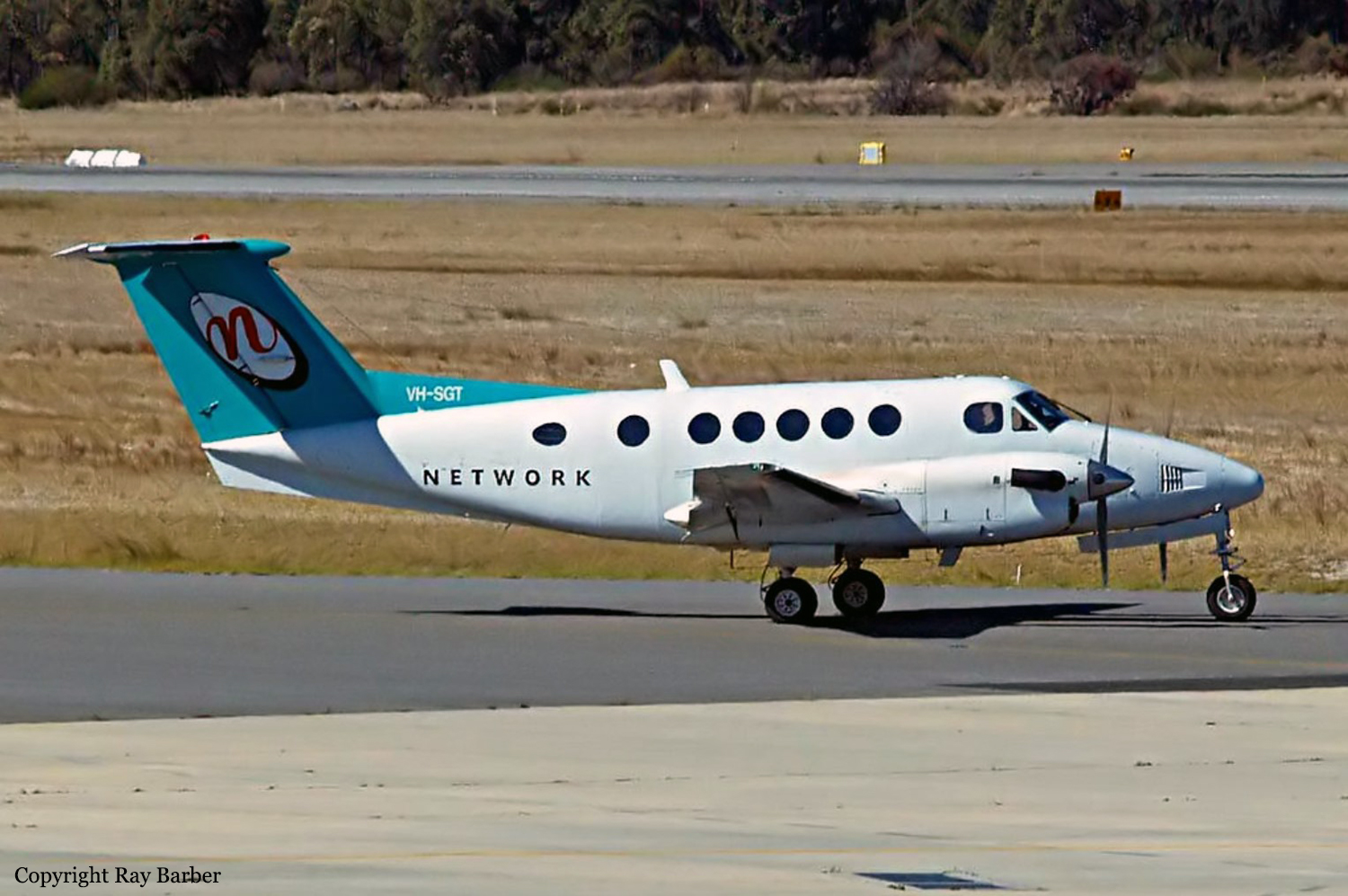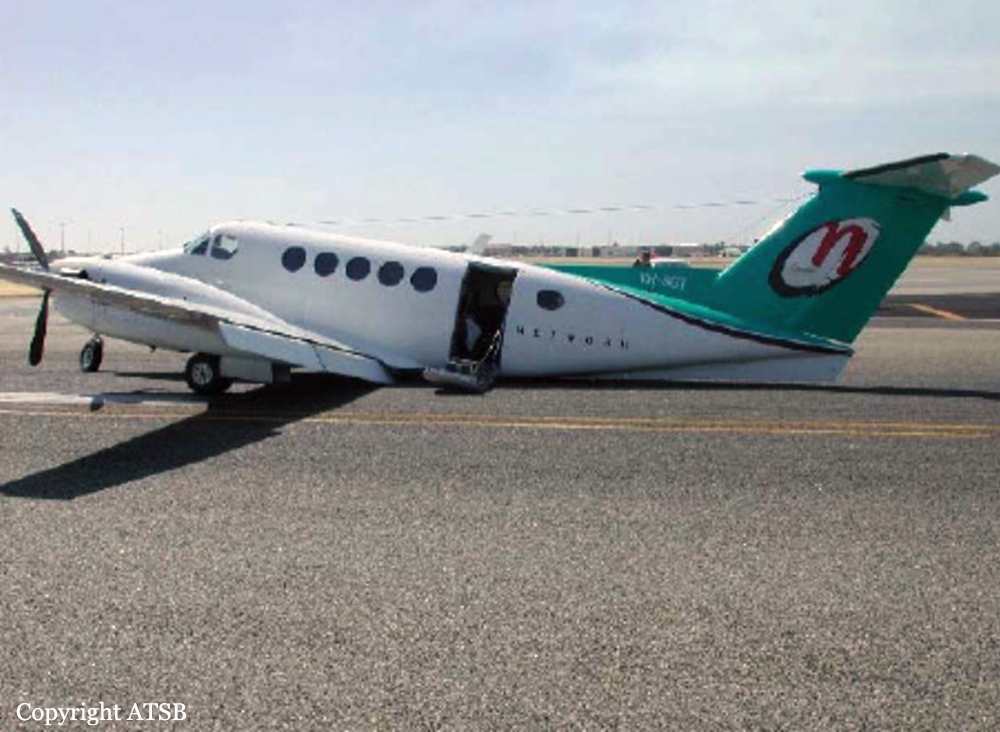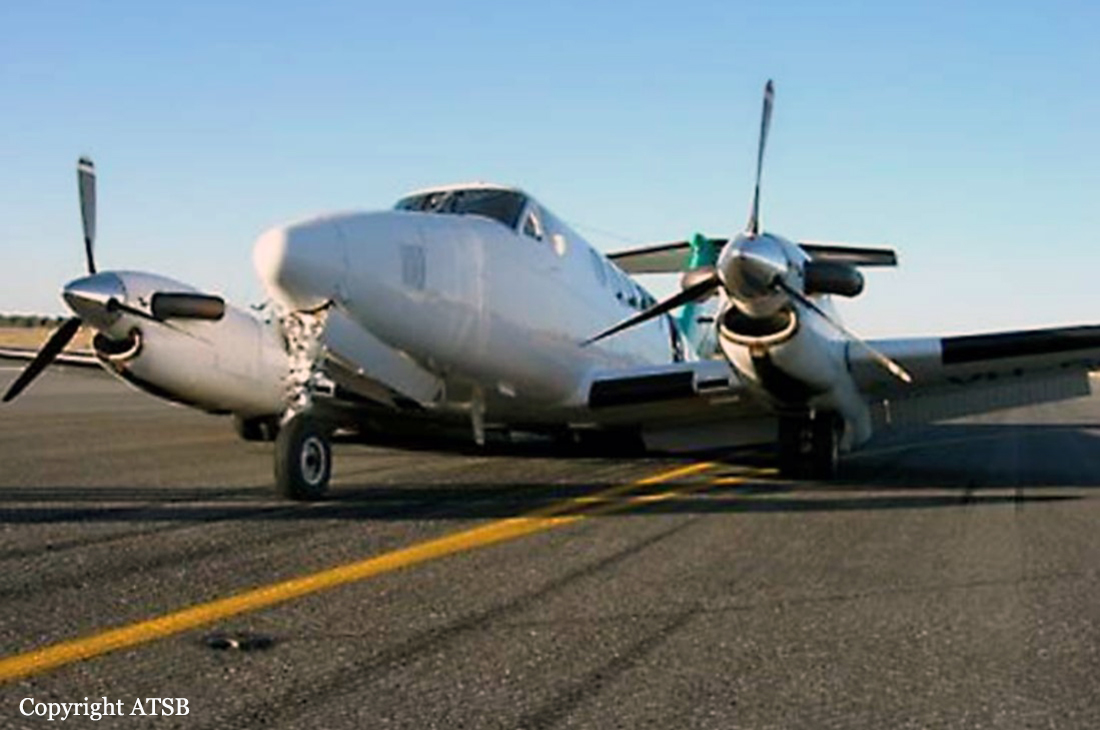Crash of a Carvair ATL-98 in Nixon Fork Mine
Date & Time:
May 30, 2007 at 1200 LT
Registration:
N898AT
Survivors:
Yes
Schedule:
Fairbanks - Nixon Fork Mine
MSN:
42994
YOM:
1946
Crew on board:
2
Crew fatalities:
Pax on board:
0
Pax fatalities:
Other fatalities:
Total fatalities:
0
Captain / Total hours on type:
13600.00
Aircraft flight hours:
55753
Circumstances:
The captain was making a VFR landing approach to a remote mining airstrip in a modified Douglas DC-4 airplane at the end of a cross-country nonscheduled cargo flight. The modified airplane had a raised cockpit above the fuselage to accommodate an upward swinging nose door. During the landing flare/touchdown, the airplane undershot the runway threshold, and right main landing gear struck the lip of the runway. The right main landing gear was torn off, which allowed the nose and right wing to collide with the runway surface. The right wing was torn off the fuselage and caught fire. The fuselage, containing the cargo of fuel bladders, slid to a stop and rolled about 90 degrees to the left. The pilot indicated that due to the additional cockpit height of the modified airplane, versus a standard Douglas DC-4 airplane, the airplane was lower than he perceived.
Probable cause:
An undershoot and collision with the runway when the pilot misjudged the distance/altitude during the landing flare/touchdown.
Final Report:
